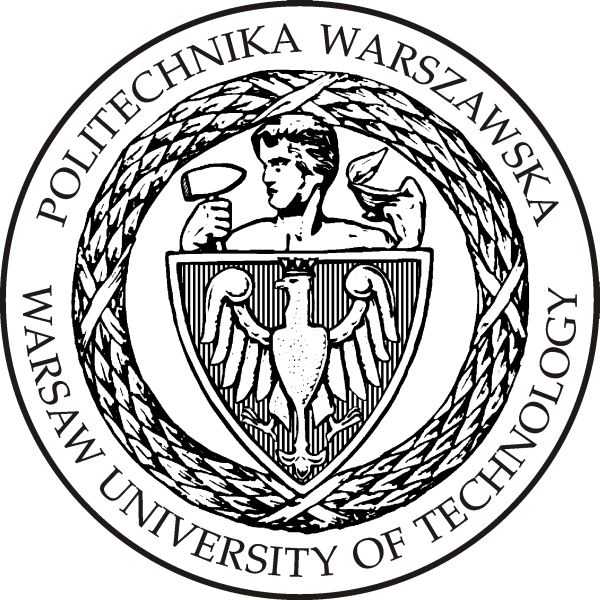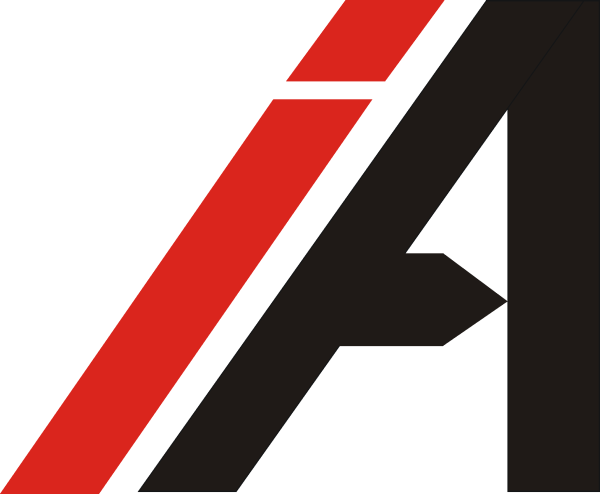Modern systems and algorithms for the controlling of advanced smoke extraction system for escape routes in high buildings
Financing: project co-financed by the Polska Agencja Rozwoju Przedsiębiorczości under Program Operacyjny Innowacyjna Gospodarka.
The project was carried out by a consortium: Warsaw University of Technology, Plum sp. z.o.o.
The amount of the grant awarded: 100000 zł.
Period: 2011-2012.
Automatic controllable fire ventilation systems are of great practical importance as they aim to provide conditions for safe evacuation of people and access of rescue and fire-fighting units during a fire. The ventilation system must ensure that escape routes are kept smoke-free. Smoke (a mixture of gaseous combustion products with air) poses a great danger to life. The most toxic substances emitted during fires are carbon monoxide, gaseous hydrochloric acid, hydrocyanic acid and sulphur compounds. Carbon monoxide is particularly dangerous as it can cause death. Classical methods of regulation of fire ventilation systems (mechanical systems, solutions based on PID algorithms) do not work properly. The developed non-linear predictive regulation algorithm, based on the process model in the form of a neural network, correctly performs the task. The regulation time is much shorter than required by law 3 seconds, hypertension is maintained with a tolerance of 10%. As a result of the project, a microprocessor controller was designed and built, in which the developed algorithm of regulation is implemented.
Information: manufacturer's side of the microprocessor-based ventilation system controller.



